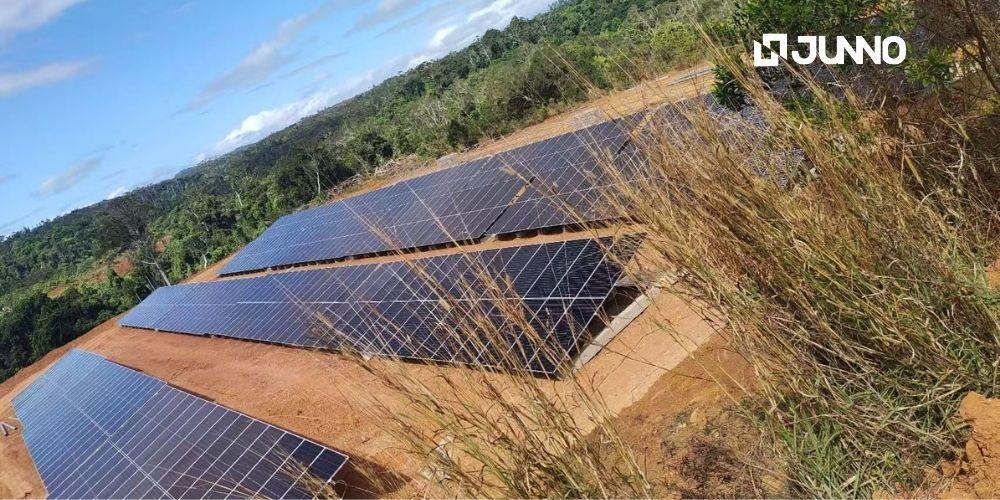An Article to Help You Understand PV-BESS Systems
A PV-BESS system refers to a photovoltaic system combined with an energy storage system. During the day, when there is sufficient sunlight, the PV system converts solar energy into electrical energy, with part of the electrical energy supplied to loads for use and the remaining electricity stored through the energy storage system. At night or when there is insufficient sunlight, the energy storage system releases the stored electrical energy to provide power support to loads, ensuring the continuity of the power supply.

Benefits of PV-BESS Systems
Enhanced Energy Utilization
Traditional photovoltaic power generation is greatly affected by weather and time of day, resulting in unstable output. Energy storage equipment can compensate for this shortcoming by storing excess energy during the day and releasing it at night or on cloudy days, ensuring a continuous power supply and enabling more efficient use of renewable energy.

Reduced Electricity Costs
From an economic perspective, PV-BESS systems significantly lower electricity expenses. For residential and commercial/industrial users, the power generated by solar panels during the day can directly meet their demand, greatly reducing reliance on grid electricity and lowering electricity bills. In addition, energy storage systems can also improve the power generation quality of solar farms, reduce power curtailment, and further increase power generation efficiency and revenue.
Promotion of Renewable Energy Development
The positive impact of PV-BESS systems on the ecological environment should not be overlooked. As a clean energy utilization model centered on solar energy, PV-BESS systems do not produce carbon emissions or other pollutants during power generation, thereby reducing dependence on fossil fuels at the source and significantly lowering carbon emissions, making a positive contribution to achieving the ‘dual carbon’ goals.
Application Scenarios
Residential Sector
Households can install PV-BESS systems to generate electricity using rooftops and other spaces and store excess energy. At night or when there is insufficient sunlight, the energy storage system releases electricity, reducing dependence on the grid. In addition, when there is a sudden power outage, the energy storage equipment can quickly switch to emergency power to ensure the continuous operation of critical loads such as refrigerators, lighting, and communication equipment, thereby improving the safety and independence of household electricity use.
C&I Sector
Factories, industrial parks, commercial complexes, and other venues consume large amounts of electricity, and there is a significant difference between peak and off-peak electricity prices. PV-BESS systems can reduce electricity costs through ‘self-generation and self-consumption’—during ’ the day, photovoltaic power is used to meet production, office, and cooling needs, while during peak hours, energy storage equipment is activated to release electricity, avoiding high electricity prices during peak grid periods. At the same time, it can also improve the stability and reliability of the power supply and reduce losses caused by power outages.

Grid-Side Applications
In the power grid, PV-BESS systems can serve as peak load and frequency regulation power sources, participating in grid operation and regulation to enhance grid stability and flexibility, reduce reliance on traditional fossil fuel-based power generation, and promote the integration of renewable energy.
Remote Areas and Islands
In mountainous areas, islands, grasslands, and other regions with weak power grid coverage, PV-BESS systems are an ideal solution to electricity supply challenges. These areas are often remote from the main power grid, with high costs for power line construction and difficult maintenance. PV-BESS systems can achieve energy self-sufficiency entirely through solar power, thereby improving local energy supply conditions.

Conclusion
As the global energy transition accelerates, photovoltaic + energy storage technology promises a bright future as a core pillar of the clean energy system. It not only effectively improves energy efficiency and reduces dependence on traditional power grids but also facilitates the energy transition.